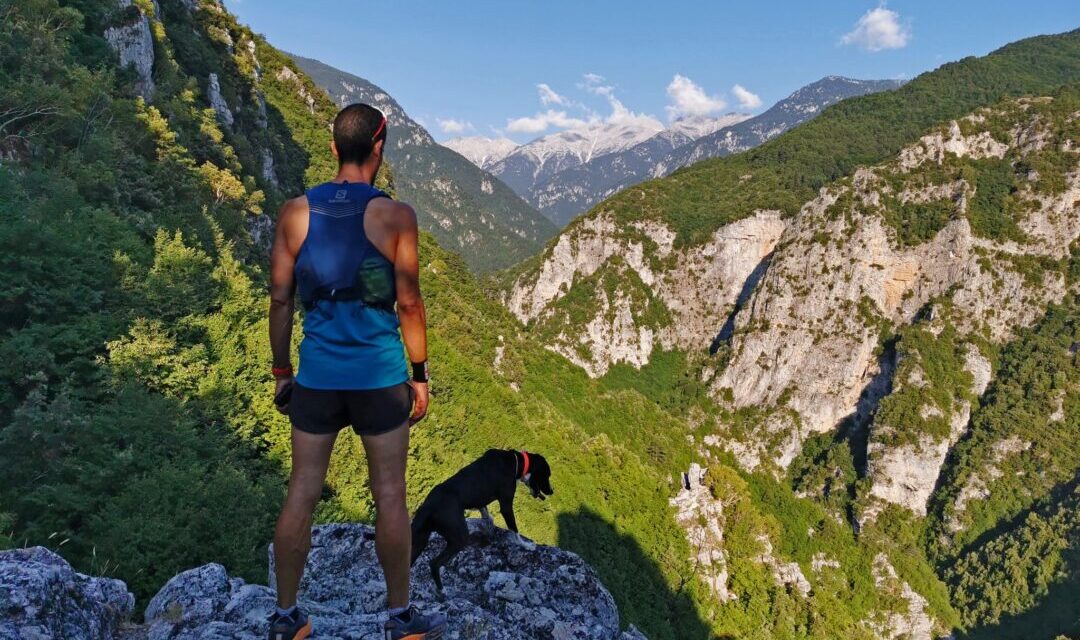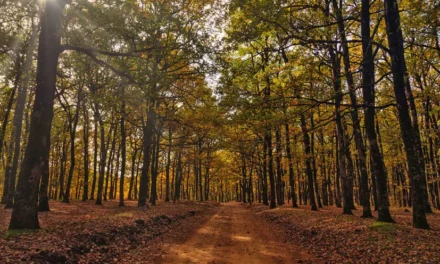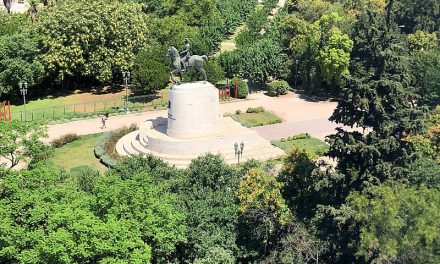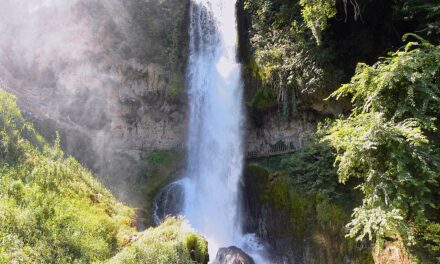While Greece is widely known for its islands and stunning beaches as a top summer destination, it’s worth highlighting that the country is actually dominated by mountains, which cover over two-thirds of its territory. To tap into this often-overlooked aspect, Greece has developed a comprehensive strategy focused on mountain tourism, aiming to extend the tourist season, boost competitiveness, and upgrade the quality of tourism infrastructure.
As part of this effort, the Ministry of Tourism has introduced a specialized initiative called the “Sustainable Mountain Tourism Destination.” This program is designed to promote a sustainable tourism model that supports local economies, preserves natural resources, and provides visitors with authentic, high-quality experiences.
Mountain tourism involves activities that take place in regions with mountainous or hilly terrain, characterized by the unique landscape, climate, and biodiversity of Greece. It encompasses a wide variety of outdoor sports and recreational activities.
With its mild climate and untouched natural beauty, Greece is perfectly suited for mountain tourism all year round. From gorges, lakes, rivers and waterfalls to mountain peaks, alpine meadows, forests, and sheer cliffs, the country’s diverse landscapes transform dramatically with the seasons—from spring through winter—offering visitors breathtaking views and memorable experiences.

Ski and snowboard in Greece
Greece’s ski resorts offer stunning scenery, well-maintained slopes, and warm, authentic hospitality. In the winter, visitors can enjoy snow sports and a variety of seasonal activities. During the rest of the year, the same regions are perfect for hiking, mountaineering, climbing, mountain biking, and other outdoor adventures.
The most popular ski resorts in Greece are located in Parnassos, Karpenisi, Kalavryta, Mainalo, Pelion, Vassilitsa, Elatochori, Vigla Pisoderi, and Falakro in Drama. Many of these resorts are nestled near traditional villages featuring charming stone-built guesthouses, cozy cafés, vibrant bars, and restaurants serving traditional Greek cuisine.
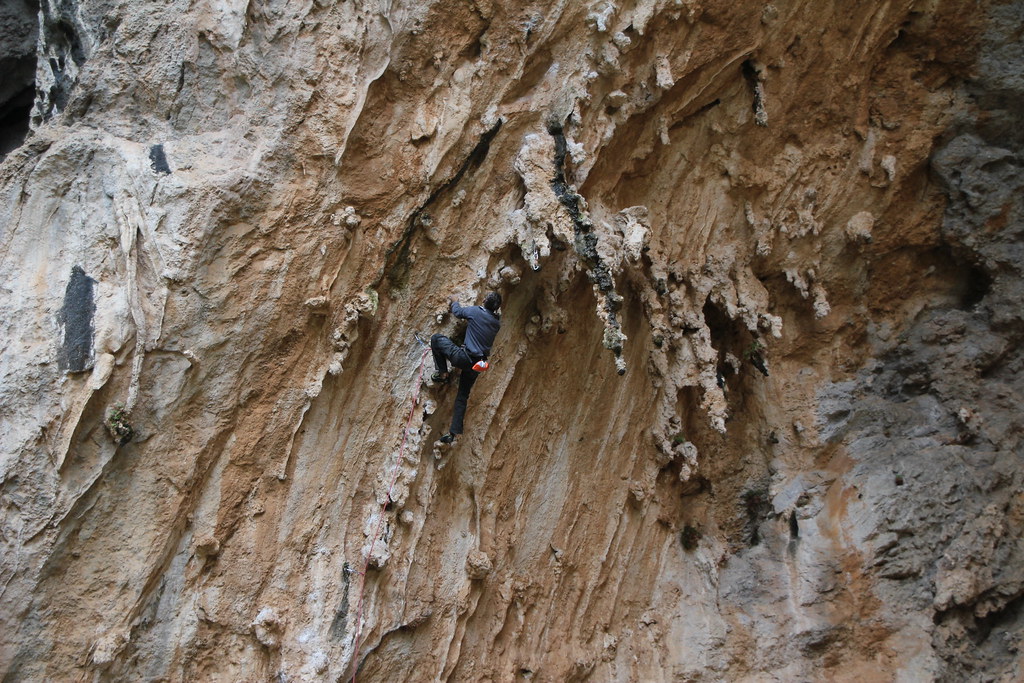
Climbing in Greece
On Greece’s alpine plateaus, travelers can fully immerse themselves in nature, culture, and breathtaking landscapes. The country is also home to some incredible climbing destinations, such as Meteora, Kalymnos, and Mount Giona, all offering unforgettable experiences.
Beyond these, there are many other notable climbing spots across Greece—including the Trikala region, the Tempi Valley, Iraklitsa near Kavala, areas around Patras like Kalogria and Alepochori, as well as Nafplion, the beach of Chiliadou (in Evia), Lagada (on Mount Taygetos), Gamila (Mount Tymphe), Zagori, and Mount Olympus. In Attica, the best climbing sites include Petra in Varympompi, the Davelis Cave in Penteli, the region of Fyli, and Mount Pikilo near Athens. The cliffs of Varasova in Aetolia-Acarnania are also especially impressive, as are those above Kathisma Beach in Lefkada.
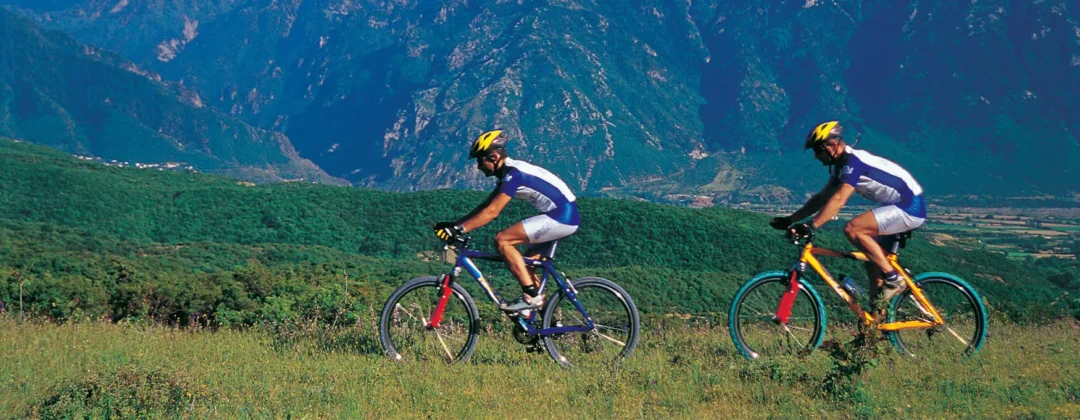
Mountain biking in Greece
Mountain biking in Greece offers a unique combination of adventure and exercise. With a dense network of trails weaving through hills, forests, and mountainous terrain—even on the outskirts of cities—Greece boasts some of the most exciting cycling routes in Europe. Top mountain biking destinations include Mount Parnitha and the Tatoi Forest near Athens, as well as the rugged regions of Arcadia, Zagori, Euboea, Kissavos, Lake Plastiras, and Eurytania. Whether you’re a casual rider or an avid cyclist, Greece is ready to fuel your next outdoor adventure.
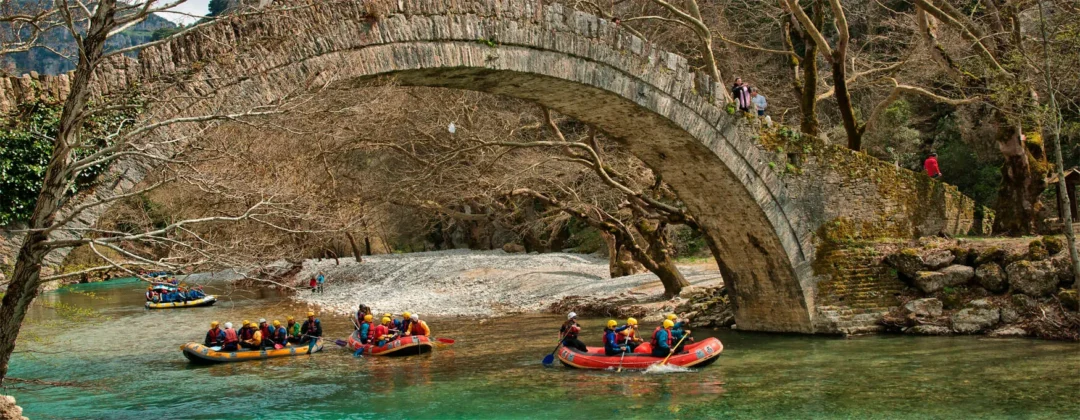
Rafting in Greece
Rafting in Greece is best experienced in the fall, right after the first heavy rains, or in the spring when river levels are ideal. One of the top rafting destinations is the Voidomatis River in the Epirus region. Flowing through the dramatic Vikos Gorge, the river offers stunning views of sheer cliffs and lush, unspoiled forests.
For a more thrilling ride, the Arachthos River in western Greece delivers an adrenaline-filled journey through deep gorges and beneath ancient stone bridges. Meanwhile, the Lousios River in the Peloponnese is another favorite, known for its beautiful canyons and waterfalls. It provides routes suitable for both beginners and intermediate rafters.
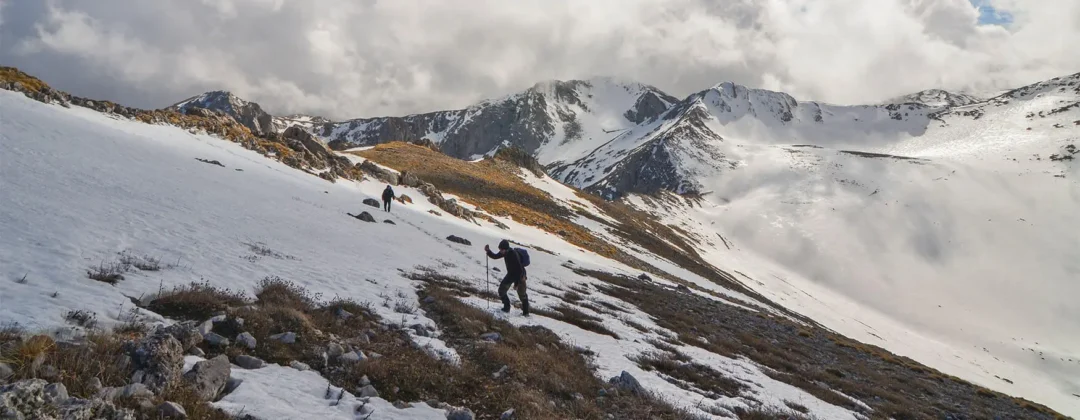
Hiking in Greece
Hiking in Greece is a must for anyone seeking to connect with the country’s natural beauty and cultural soul. Whether it’s reaching a hidden beach, exploring ancient ruins, discovering traditional villages off the beaten path, or enjoying panoramic views from a monastery perched high on a rock, every hike tells a story. The landscapes shift dramatically every few kilometers, making each trail a new and memorable experience—both on the mainland and the islands.
Greece is also part of two major international hiking routes: the E4 and E6 trails. The E4 trail begins in Gibraltar and enters Greece through Bulgaria, stretching vertically across the country to Gythio in the Peloponnese, then continuing across the entire island of Crete before ending in the village of Zakros. The E6 trail starts in Finland and enters Greece at Igoumenitsa, near the Albanian border, crossing the country eastward to the island of Samothrace.
Based on the original article from Grèce Hebdo
Read also via Greek News Agenda: Olympus: The mountain of the gods; Discover Greece’s Waterfalls; Meteora, the hanging monasteries of Greece; Zagori Cultural Landscape: Α new entry in UNESCO’s list

